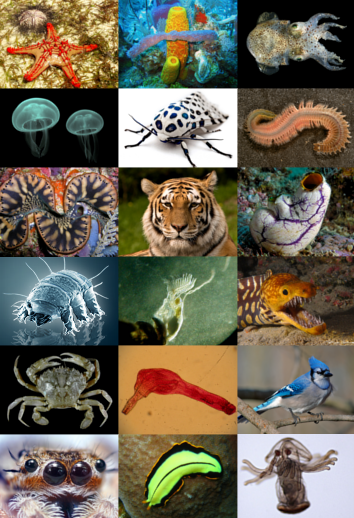Classification
Domain: Eukarya
Kingdom: AnimailiaPhylum: Arthropoda
Class: Insecta
Order: Plecoptera
Family: Perlidae
Genus: Paragnetina
Species: media

Domain: Eukarya is made up of organisms that have a nucleus surrounded by a membrane and DNA bound together in the form of chromosomes. Inside the cells there is also specialized organelles specific to different processes within the cell. It will also have membranes made of unbranched fatty acid chains attached to glycerol by ester linkages. Finally all organisms except for archaea and bacteria are eukaryotes.
(biology-online 2008)
Kingdom: Animalia consists of multicellular organisms composed of eukaryotic cells organized into tissues. These cell however, will never form into a cell wall. Finally an animal ingests its food. The ingestion of food rules out the idea of an animal being some kind of autotroph. (biology-online 2005)
Phylum: The organisms in the Phylum Arthropoda are known for having a hard outer body covering called an exoskeleton. Along with the protective exoskeleton Arthropods have specialized mouth parts, jointed legs, compound eyes, and segmented bodies. Every one of these characteristics are important in the every day life of an Arthropod. (berkeley.edu 1990)
Class: Creatures in the Class Insecta have either one or two pairs of wings and three pairs of jointed legs. This combination allows for the perfect balance between land and air locomotion. Along with that Insects always have tri-segmented body with a head, thorax and abdomen. These separate sections allows any Insect to be more agile and also separates cephalization, which is localized in the head. (biology-online 2005)
Order: Plecoptera is an order which consists of the stoneflies and in latin means braided or veiny wing. Insects within this class have a three segmented tarsi with a long filiform antennae, wings that fold horizontally over the back, and a long cerci. These adaptations allow stoneflies to better survive in its environment. (cals.ncsu 2005)
Family: Members of the Family Perlidae have six individual abdominal ganglia present. In nymphs the paraglossae are inflated and the mentum is broadened. Along with those structure characteristics the metamerous structure or the testes are reduced. (bug guide 2006)
Genus: Members of the Genus Paragnetina have three ocelli on the back of the head and highly branched gills making there aquatic life easier. Paragnetina spends a large amount of its time in an aquatic environment therefore the advancements in gills are a necessary trait. (bug guide 2006)
Species: Media are carnivorous animal as a nymph. They live in a freshwater aquatic environment. Once they become adults they turn more into terrestrial and flying creatures. These Insects spend most of their time as nymphs therefore they are spending a major part of their life in the freshwater habitats. (troutnet 2006)
Return Home